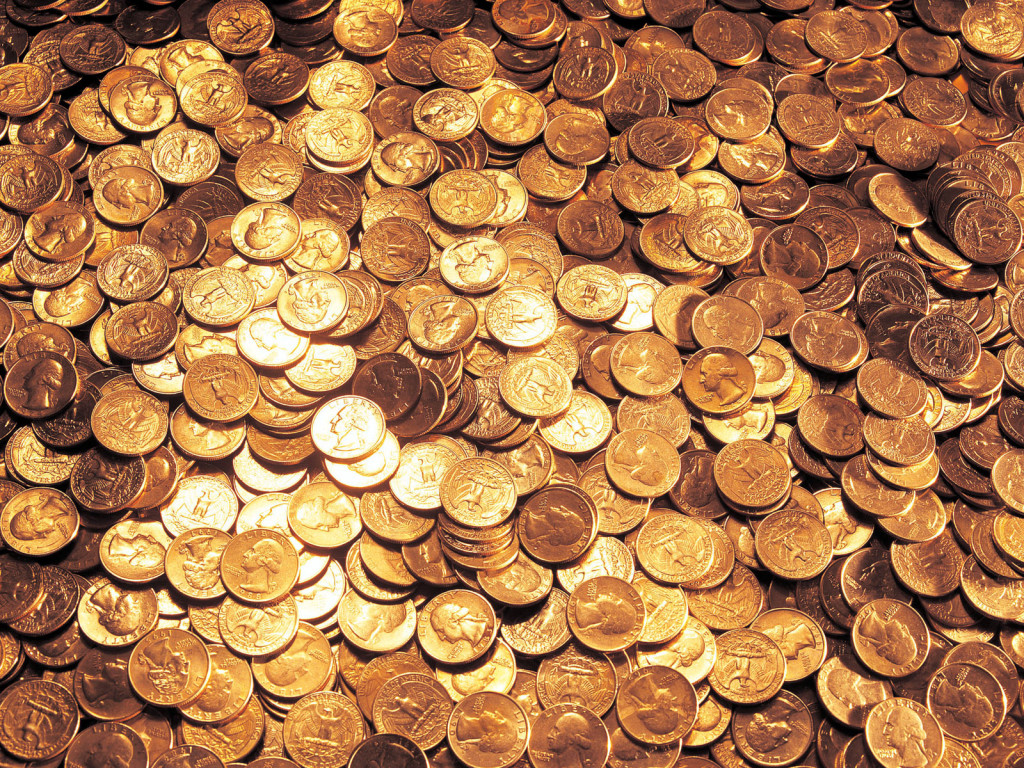 A country’s coins reflect its history and its changing images through decades, centuries and sometimes millennia. Enduring national emblems, often birds or animals, have been modified over many years to promote the ideology of various rulers.
A country’s coins reflect its history and its changing images through decades, centuries and sometimes millennia. Enduring national emblems, often birds or animals, have been modified over many years to promote the ideology of various rulers.
Below, TravelSupermarket looks at 10 of the most beautiful coins from around the world:
Rupee – India
India is one country that pioneered the use of coins as money. The rupee has been in circulation in various forms since the sixth century BC. Its name derives from rupyakam, the Sanskrit word for coin. The first rupee coins were made of silver and copper.
Over the years, Indian coins have been issued by different imperial dynasties, smaller Indian kingdoms, invaders and colonial powers. The latest one-rupee coin is made of stainless steel and was introduced in 1992. A graphic rupee sign was introduced in 2010.
On its reverse, the coin carries the number “1” bordered by two wheat sheaves and crowned with the rupee sign. The emblem of India – three Indian lions resting on a circular abacus that itself rests on a flower – is on the obverse.
One Afghani – Afghanistan
The one-Afghani coin is made from copper-plated steel. The Afghan national symbol, a mosque bordered by two wheat sheaves, is on the obverse while the coin’s value in Arabic numerals is on the reverse. It was introduced in 2005 by the Taliban to standardise the national currency. Before 2005, the Taliban and Afghan warlords produced their own money.
500 Yen – Japan
Japan adopted silver and some gold coinage in the 19th century. The present 500-yen coin is the largest coin denomination and carries the picture of a Paulownia, or “princess tree”, on the obverse. This is a fast-growing hardwood tree that also features on the flag of the Prime Minister.
Paulownia wood is used to make surfboards and guitar bodies. A series of micro-characters are printed into the number “500” on the reverse of the coin that reads “Nippon”, the word for Japan in Japanese.
100 Fils – Bahrain
Bahrain introduced its 100-fils coin in 1992. 1,000 fils are equal to one Bahraini dinar. It is bimetallic with a brass ring and a cupro-nickel centre. The obverse depicts the Bahraini coat of arms, a shield with a five-pointed crown.
One Shekel – Israel
New shekel coins were introduced in Israel in 1985. The obverse of the new one-shekel coin depicts a lily with the word “Yehud”, meaning “Kingdom of Judah”, in ancient Hebrew on its left side and the Israeli national symbol, a menorah surrounded by olive leaves, on its right. The reverse has the coin’s value and date of mintage.
100 Peso – Mexico
The rarely used 100-peso coin in Mexico, whose full name is the United States of Mexico, depicts the national coat of arms on its obverse. This is a golden eagle with a snake in its beak sitting atop a prickly pear cactus. It recalls the Aztec legend about the founding of Mexico City, then called Tenochtitlan, on a spot where such an image was first observed.
The coin is bimetallic with a silver and copper centre and an aluminium – bronze ring. The reverse depicts scenes from wildlife, flora and the art of Mexico’s 31 states.
20 Centavo – Honduras
The lempira, the currency of Honduras, is named after the county’s 16th-century indigenous chieftain, Chief Lempira, whose name means “gentleman of the mountain”. He led a group of warriors who resisted the Spanish conquistadores. His bust is on the obverse of the 20-centavos and 50-centavos coins.
The reverse of all coins carries a picture of the Honduran coat of arms. This is a triangular pattern of a volcano between two towers and surrounded by two filling horns and a bundle of arrows. Trees, limestone hills and mining tools are found below the triangle.
Five Zloty – Poland
Poland’s five-zloty coin, which was introduced in 1995, is bimetallic with a cupro-nickel centre and an aluminium-bronze ring. It shows the national symbol, the white eagle, on the obverse. The eagle traditionally wears a crown when Poland is independent. The crown was removed during the communist era 1945 – 1989 and returned in 1989. The reverse shows the value of the coin and its date of mintage.
One Dollar – Australia
Coins in Australia have a variety of traditional scenes on the reverse. The one-dollar coin has a picture of five kangaroos. The two-dollar coin has the Gwoya Jungarai Aboriginal elder on the obverse. The 50-cent coin has the Australian coat of arms of a kangaroo and emu on the obverse. All coins have a bust of Queen Elizabeth II on the reverse.
Two Dollar (Toonie) – Canada
Canadians call their two-dollar coin a “toonie”. It’s a bimetallic coin with a cupro-nickel centre and an aluminium-nickel ring. When the coin was first introduced in the 1960s, there were reports that the two metals would separate in Canada’s cold weather. The obverse of the two-dollar coin shows a polar bear standing on an ice flow. The reverse carries a bust of Queen Elizabeth II.


Leave a Reply